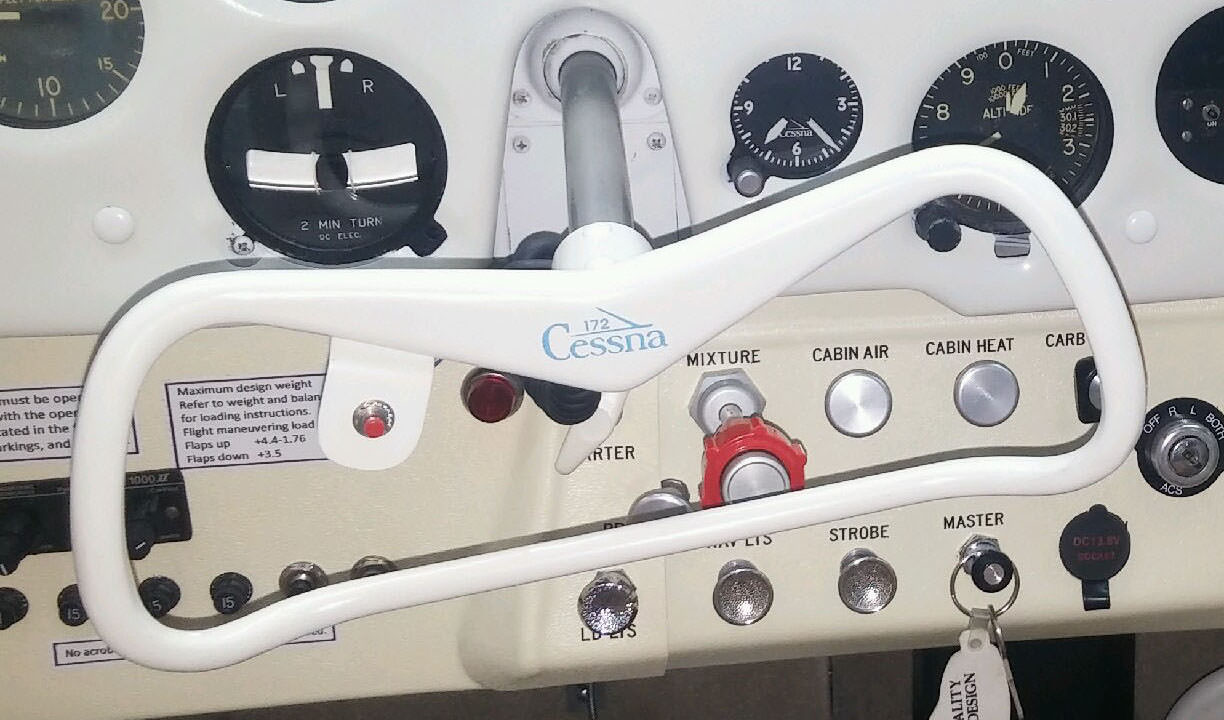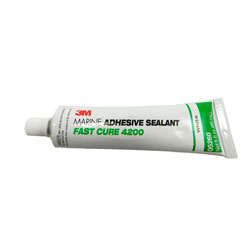DKirkpatrick
Pre-takeoff checklist
- Joined
- May 18, 2011
- Messages
- 317
- Display Name
Display name:
DKirkpatrick
Hello. Need to mount (and drill) for mounting a PTT switch on the yoke of a 1963 C-172D... has the original yoke with the bar across the top. I don't want to change the yoke - I like it... but can it be drilled to add a plate somehow to mount the switch? If anybody's got a picture of a nice installation like this, it'd help alot. The yoke's in great shape, recently refinished.
what's the best way to do this?
Would appreciate the coaching from someone who'e been there and done that.
thanks
dan
what's the best way to do this?
Would appreciate the coaching from someone who'e been there and done that.
thanks
dan


